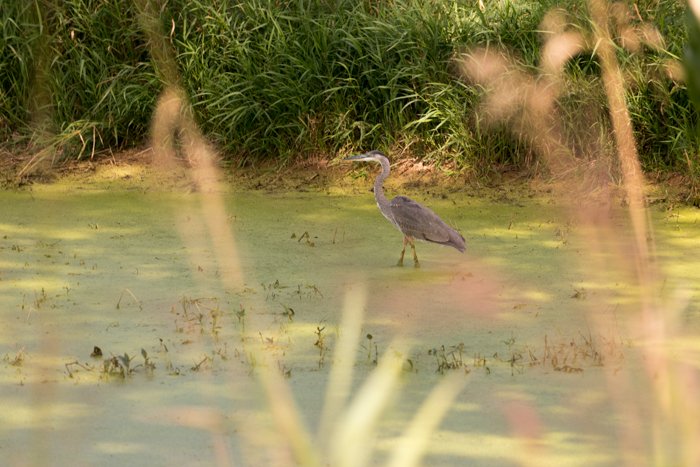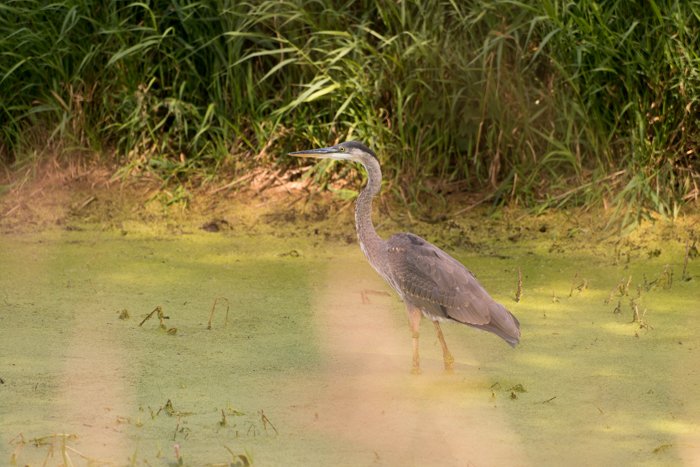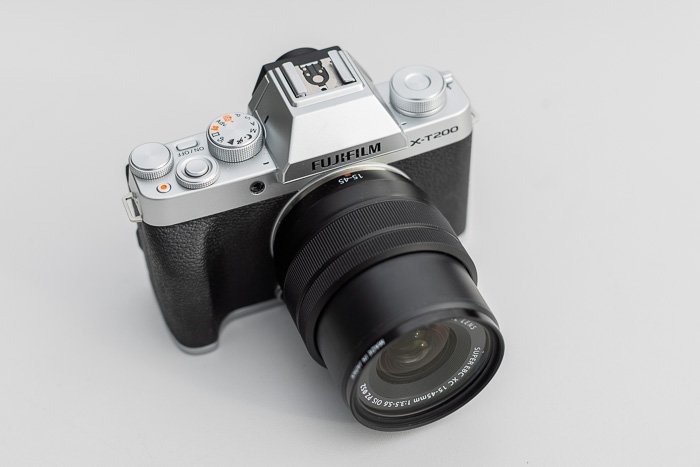A telephoto lens makes far-away objects appear closer to the camera. But don’t think shooting subjects from afar is the only time you can use one. If that’s all you ever use it for, you’re missing out on some really cool shots!
In this article, we break down everything budding photographers need to know about telephoto lenses. And then we give you 8 creative ways for you to use them! Read on to learn what they are.
What Is a Telephoto Lens?
A telephoto lens has a focal length longer than the diagonal size of the image it takes. In everyday language, it can be any lens that has a long focal length.
Some say this length is 70mm or greater. Others would not consider a lens a telephoto until 80 or 85mm. And others do not use the term until the mid-telephoto range is above 135mm.
Telephoto lenses can be zoom lenses, such as 70-300mm. They can also be a prime lens, such as 200mm.
To bring subjects up close to the camera, telephoto lenses need many pieces of glass inside. This often makes them large and heavy. It also makes them expensive.
The long focal length results in a narrow field of view. The angle of view for these lenses ranges between 1 and 30 degrees. This is useful when you cannot get close enough to your subject.
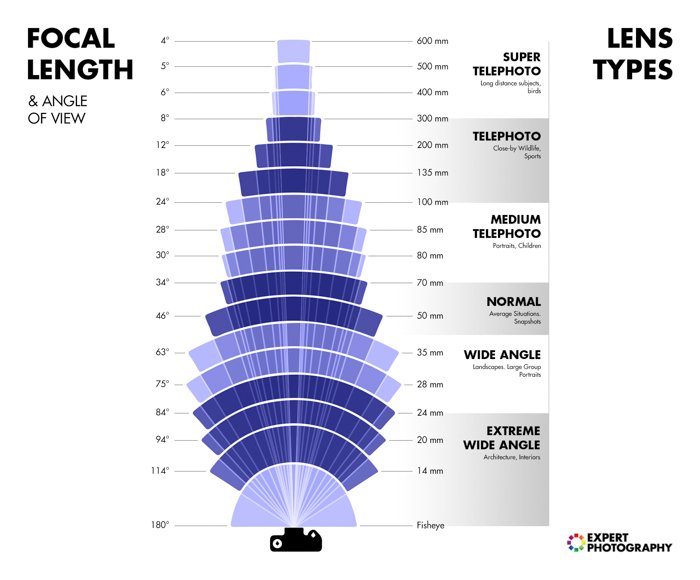
What Are the Different Kinds of Telephoto Lenses?
Telephoto lenses can be further divided into sub-categories based on focal length.
Lenses between 85 and 135mm are considered short telephotos. These can bring an object in close and create background separation. But the effect is lesser than those with longer focal lengths. These focal lengths are popular for portrait photography, product photography, and event photography. The lens offers more background separation without requiring the photographer to stand too far from the subject.
A 135 to 300mm lens is often called a medium telephoto lens. These focal lengths are among the most popular. They offer a significant reach without a high price tag.
Lenses above 300mm are typically also referred to as a super-telephoto lenses. These lenses offer the most reach. If you use a telephoto lens on a crop sensor, it can reach a focal length as long as 1000mm. This also means that they have a narrow field of view that ranges from 1 to 8 degrees. They are often expensive and used by professionals. They are primarily for shooting sports, wildlife, or the night sky.
Due to their size, for using super-telephoto lenses, you always need a tripod. Due to their size and focal length, you’ll want to use a tripod. These lenses might have in-lens image stabilization. But you won’t be able to hold them so steadily that your images stay sharp. Most oversized telephoto lenses have a tripod collar to help support the lens’s weight.
For a quick comparison, look at the images below. The first was shot at 165mm and the second at 300mm.
Telephoto Lenses and Sensor Sizes
A 300mm lens on a full frame camera is a 300mm lens. But if you change the size of the camera’s sensor, then the field of view also changes. In effect, the focal length of the lens changes.
A crop sensor, such as an APS-C sensor or Micro Four Thirds, makes a telephoto lens appear to bring the subject even closer.
The optics in a lens projects the image onto the sensor. If that sensor is smaller, the image is cropped. Cropping the image makes a distant subject feel even closer.
That crop is why photographers who need to capture close-up images of their subjects sometimes prefer crop sensor cameras. This is despite that full frame cameras usually offer better image quality.
For example, for macro or wildlife photography, you may want to use a crop sensor camera. These cameras allow you to reach “longer” focal lengths.
With Micro Four Thirds, the crop factor is 2x. This means a 300mm lens shoots like a 600mm lens.
That allows photographers to get much closer with a smaller lens. But unfortunately, this can also mean lower image resolution and image quality.
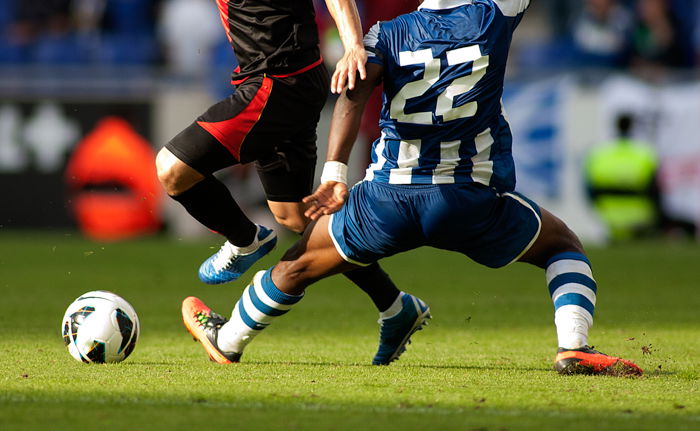
How to Deal With Camera Shake
The camera settings that work with a wide-angle lens may create motion blur with a telephoto lens. That is because telephoto lenses are more sensitive to camera shake.
The magnification of the lens can exaggerate even the most minor camera movements, thus creating a blur. Telephoto lenses are also heavier, which means your hands are also more prone to shake.
As a general rule, the denominator on the shutter speed should be at or greater than the focal length when shooting handheld. With a 100mm lens, you should shoot at a minimum of 1/100 of a second. For 200mm, shoot at a minimum of 1/200 of a second.
Heavier lenses may need an even faster speed. To shoot with a telephoto lens and a slower shutter speed, you’ll need a tripod. The rule isn’t true 100% of the time, though.
Some stabilized lenses (or lenses attached to a stabilized body) can shoot a bit slower without the shake. This technology utilizes gyroscopic sensors and motors to stabilize any movement in the lens elements. It helps prevent blur in lenses with longer focal lengths too. A lot of new camera models have in-body stabilization (IBIS).
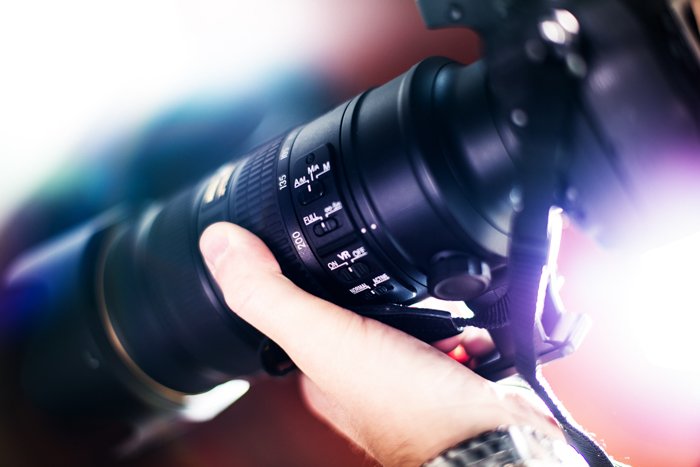
What to Know About Telephoto Lens Apertures
Like any lenses, telephotos are more expensive if they come with a wide maximum aperture. But here you cannot avoid buying an expensive one. With telephoto lenses, you usually need to use a fast shutter speed. And so you will need a wide aperture. It’s necessary to keep up with the shutter and let enough light in. Also, a lower f-number usually means a better image quality.
Telephoto lenses often are zooms. The cheaper alternatives operate with a variable aperture. You can see it written like 70-300mm f/4-5.6. The more expensive ones have a fixed aperture (usually f/2.8 or f/5.6). And their widest opening likely depends on their focal length.
If you wish to use faster lenses, you can also opt for a prime telephoto lens with a greater f-number and macro capability. Prime alternatives often come with better image quality and macro capability.
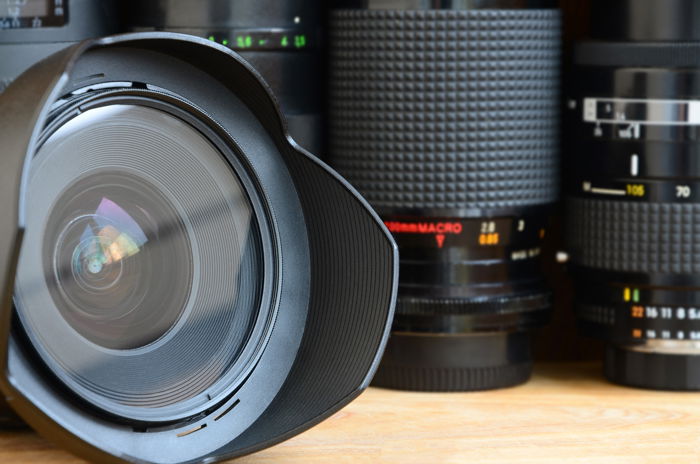
How Telephoto Lenses Affect the Background
Sometimes, photographers choose a telephoto lens because of what it can do to the background of the shot. With a telephoto lens, the background appears closer to the subject than with a wide-angle lens. In fact, the longer the focal length is, the less exaggerated distances seem to be.
Lens compression is a result of standing further from the subject rather than the actual lens optics. Because of lens compression, a telephoto lens can help fill in the background with less empty space. Lens compression will also help the background to appear more blurred. A common misconception is that using a telephoto lens creates a shallow depth of field or creates more background blur.
A telephoto lens does not affect the math for calculating the depth of field. But, the background compression brings that blurry background closer. This gives the appearance of having more blur.
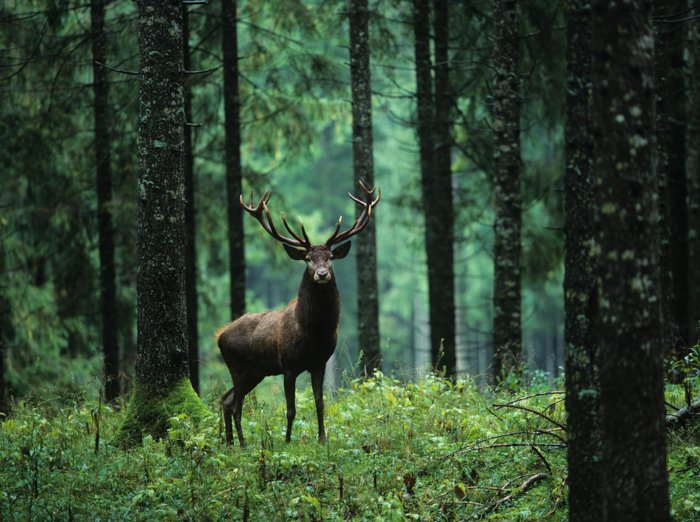
How Telephoto Lenses Affect the Subject
The difference between the background of a photo shot with a wide-angle lens and one shot with a telephoto is significant. But the subject itself will also have some subtle differences too.
Like how the distance between the subject and the background is compressed, other distances in the photo appear to be shorter too. A wide-angle lens will make the eyes, nose, and mouth appear farther apart in a portrait. With a telephoto lens, those facial features appear closer together. This typically creates a more flattering portrait.
The effect is the same for subjects other than portraits too. Remember that a telephoto lens makes distances seem shorter in the image. This is a kind of distortion called pincushion distortion, which is the opposite of barrel distortion. This can happen in zoom lenses and prime lenses too.
Due to the focal lengths, the angle of view of the telephoto lenses is relatively narrow. The lens sees a smaller part of the scene than the camera sensor would be able to detect. So it needs to stretch the image to fill the frame. This can be a bigger problem in cameras using a bigger full frame sensor. It’s more visible toward the edges of the image.
To avoid this distortion, you should do profile corrections during post-processing. If you want to create the sense that the objects in the photograph are closer together, use a telephoto. To exaggerate distance in your photography, use a wide angle.

8 Creative Tips for Using a Telephoto Lens
We know you can use a telephoto lens to shoot subjects from far away. But there are quite a few other ways you can use one to take some amazing shots! Here are 8 creative ways to use telephoto lenses.
1. Use It to Fill the Frame
A telephoto lens can fill the frame with your subject, creating extreme close-ups. However, this technique is not suitable for all situations and is used sparingly by photographers. When you need to create extreme close-ups, a telephoto lens is a good option to consider.
2. Remove Unappealing Foreground Elements
A telephoto lens can be used to isolate the foreground from the rest of the frame. It is possible to crop the image in post-processing to achieve the same effect. But doing so may decrease the quality of the image. Using a telephoto lens to create tight shots avoids this issue. This is because it produces the effect optically without cutting out parts of the picture.
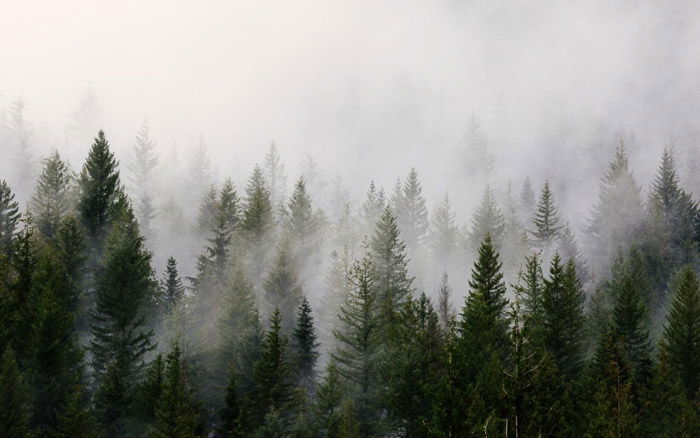
3. Compress the Frame
A telephoto lens can create a flatter image compared to shorter lenses. And it can make objects in the background appear closer to the foreground. This perspective distortion can be used creatively in photography. You can the moon appear larger in landscape photos or maintain proportion in still-life images.
4. Capture Tight Portraits
Different lenses can produce different types of distortion that can affect peoples’ appearance in photographs. Medium telephoto lenses are good for portraits. They do not distort faces like short lenses and allow for tight half-body or headshots. To take close-up portraits, it is recommended to use focal lengths between 85 and 135mm. Using a telephoto lens allows you to achieve these shots without distorting the appearance of the model.
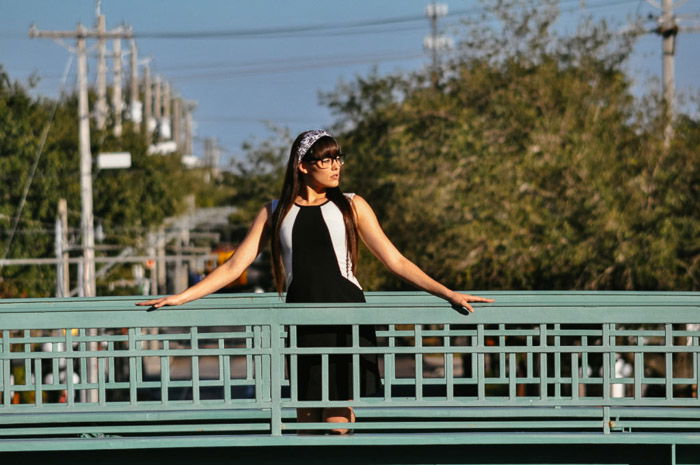
5. Use It as a “Macro” Lens
Technically, a lens can only be considered a macro lens if it has 1:1 magnification or higher. This means the image captured by the sensor is the same size as the subject. But telephoto lenses cannot achieve this level of magnification. So they are not considered true macro lenses.
However, they can still be used for macro photography by zooming in on small objects. This creates close-up shots that magnify small elements in the frame.
6. Shoot Close-Ups of the Moon
Telephoto lenses are suitable for astrophotography as they can make celestial bodies appear larger. Longer focal lengths result in more magnification, but also tend to be more expensive. The 70-300mm telephoto lens is a relatively affordable option that can capture the moon close up or include the landscape in star photos.
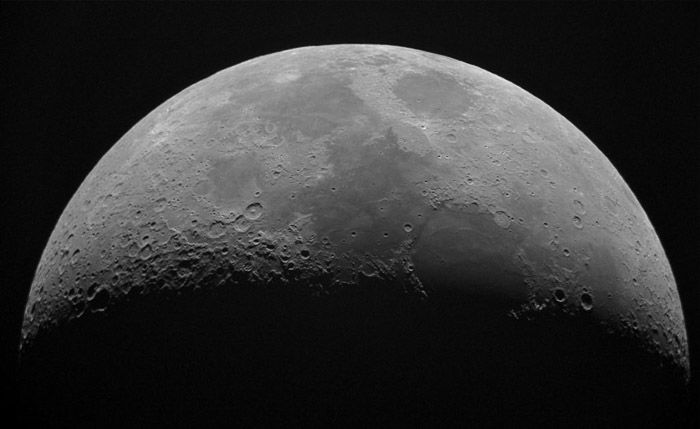
7. Pan for Excellent Motion Blur
Panning is a technique that involves a slow shutter speed and moving the camera parallel to the action. This creates motion blur. It can be done with any lens but is particularly effective when used with a telephoto lens to photograph sports.
To create motion blur, the shutter speed should be set to 1/30 s or slower. And the camera should follow the main point of interest in the middle of the action. This results in a fuzzy background and the appearance of fast movement for the subject.
8. Zoom In to Create Zoom Bursts
Creating zoom bursts is a technique that creates motion blur by zooming in or out of a scene. This results in an image that appears to be viewed at warp speed. Any lens with a variable focal length can be used for this technique. But it is not possible to use a prime telephoto lens as it does not have a zoom function.
To create a zoom burst, use a shutter speed of 1/30 s or slower. Focus on the subject before zooming in as the photo is taken. The slow shutter speed and sudden change in focus result in a unique motion blur effect.
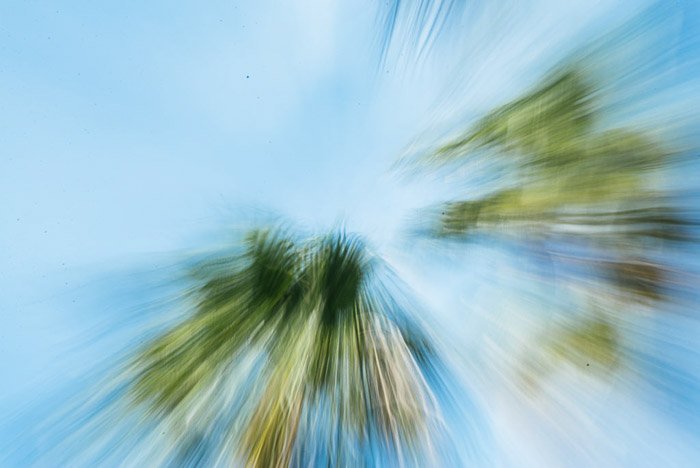
Conclusion
Telephoto lenses are generally great when you cannot get close enough to your subject. They’re also great for creating a shallow depth of field. Or you can use them to avoid barrel distortions.
Experiment with different kinds of photography and you will see what lenses you need. Some people think they don’t need one. But then they figure out all of the creative ways you can use a telephoto lens. And then they use them to take their photography to the next level!
